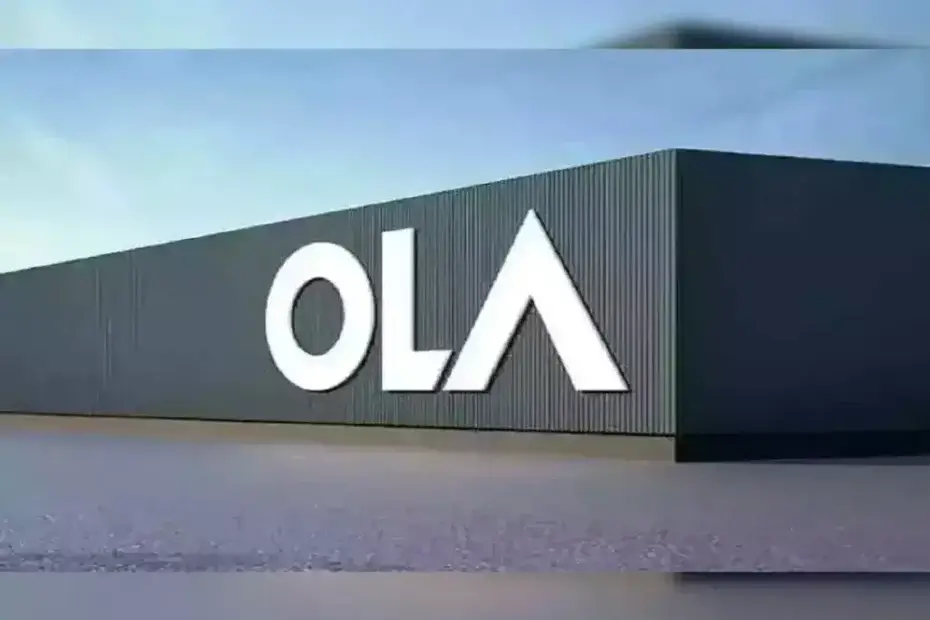Ola Cabs, a major participant in the worldwide ride-hailing market, has just made a groundbreaking statement that has shaken up the transportation business. The business has announced its intention to withdraw from all foreign markets, including the UK, AU, and NZ, in order to concentrate on strengthening its foothold in the rapidly growing Indian market. Ola is undergoing a sea change in its strategic focus as it plans to speed up its ambitious growth projects for its electric vehicle (EV) fleet.
Leveraging India’s Massive Market Potential
The move by Ola Cabs to shift its emphasis to the Indian market highlights the tremendous potential and unparalleled development prospects in the local industry. According to a representative from Ola Mobility, the company’s ride-hailing division in India is booming and profitable, solidifying Ola’s position as the market leader. With the mobility environment changing at a quick pace, Ola is recommitting itself to meeting the specific demands of Indian customers and taking advantage of the huge market potential to drive development and innovation.
Emergence of Electric Mobility
Ola has placed electric mobility at the center of its strategy realignment, seeing it as a game-changer in the transportation industry. With its bold declaration that “the future of mobility is electric,” Ola highlights its commitment to adopting innovative and environmentally friendly transportation solutions that challenge traditional thinking. In addition to demonstrating its commitment to environmental protection, the company’s move toward electric cars is a smart move that takes advantage of the scalability and profitability that come with EV technology. Ola is well-positioned to revolutionize transportation standards, accelerate innovation, and spearhead a more sustainable future by promoting the broad use of electric cars.
Breakthrough Innovation and Cutting-Edge Technological Progress
The steadfast dedication to innovation and technical brilliance is the driving force behind Ola’s revolutionary path. Ola is a trailblazing digital company that has always used innovative solutions to improve customer service, streamline operations, and set new benchmarks for the industry. The company’s visionary approach to using technology to solve modern problems and create real change is shown by the launch of innovative projects like Ola Electric. Ola can lead the way in India’s ever-changing mobility scene, achieve new heights of success, and drive long-term development by encouraging a spirit of creativity and embracing new technology.
Our Fresh Take
Because Ola Cabs has decided to focus on the Indian market and speed up the growth of its electric vehicle (EV) fleet, it is clear that EOR services in India need to be efficient and effective. Establishing a reliable partnership with an EOR service provider is crucial for firms operating in India as they deal with the myriad of local rules, labor laws, and administrative procedures. Remunance stands out as the perfect ally for companies looking to effortlessly set up shop in India, thanks to its extensive portfolio of EOR solutions and unmatched knowledge.
Businesses may minimize compliance risks, simplify processes, and concentrate on driving development and innovation by using Remunance’s strong infrastructure and wealth of knowledge. Companies may confidently negotiate the complexities of the Indian market with Remunance as their valued partner, assuring them of dependable assistance throughout their operations.
Conclusion
Ola Cabs has reached a turning point in its history with its strategic choice to pull out of other markets, refocus on the Indian market, and speed up its electric mobility ambitions. Ola has once again shown itself to be a visionary leader in the ride-hailing industry by seizing the enormous opportunity in the Indian market and dedicating itself to the broad use of electric cars. The firm is well-positioned to influence the future of transportation, spark good change, and propel sustainable development on a worldwide scale as it keeps pushing the limits of innovation and technology.


 Schedule a free call
Schedule a free call